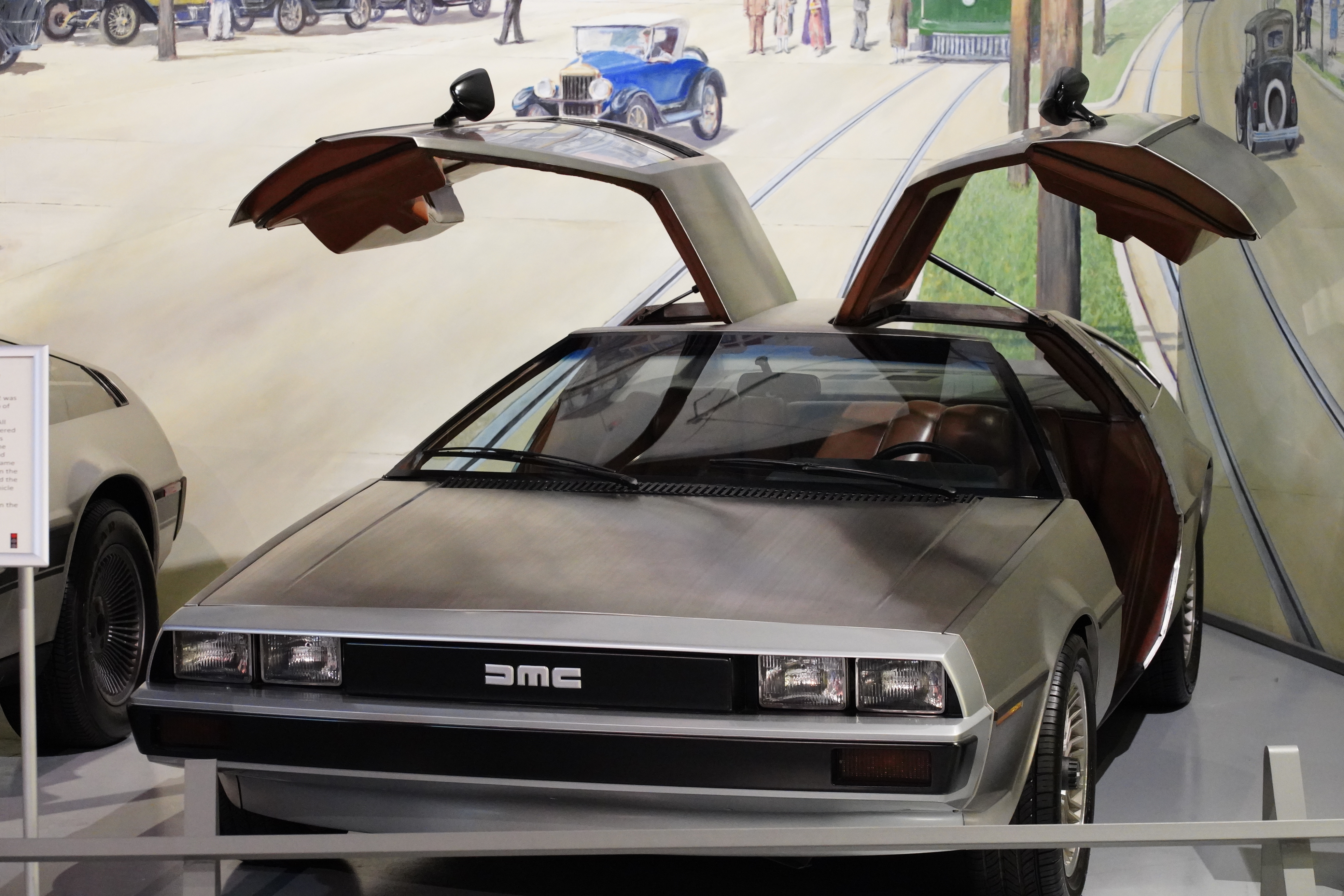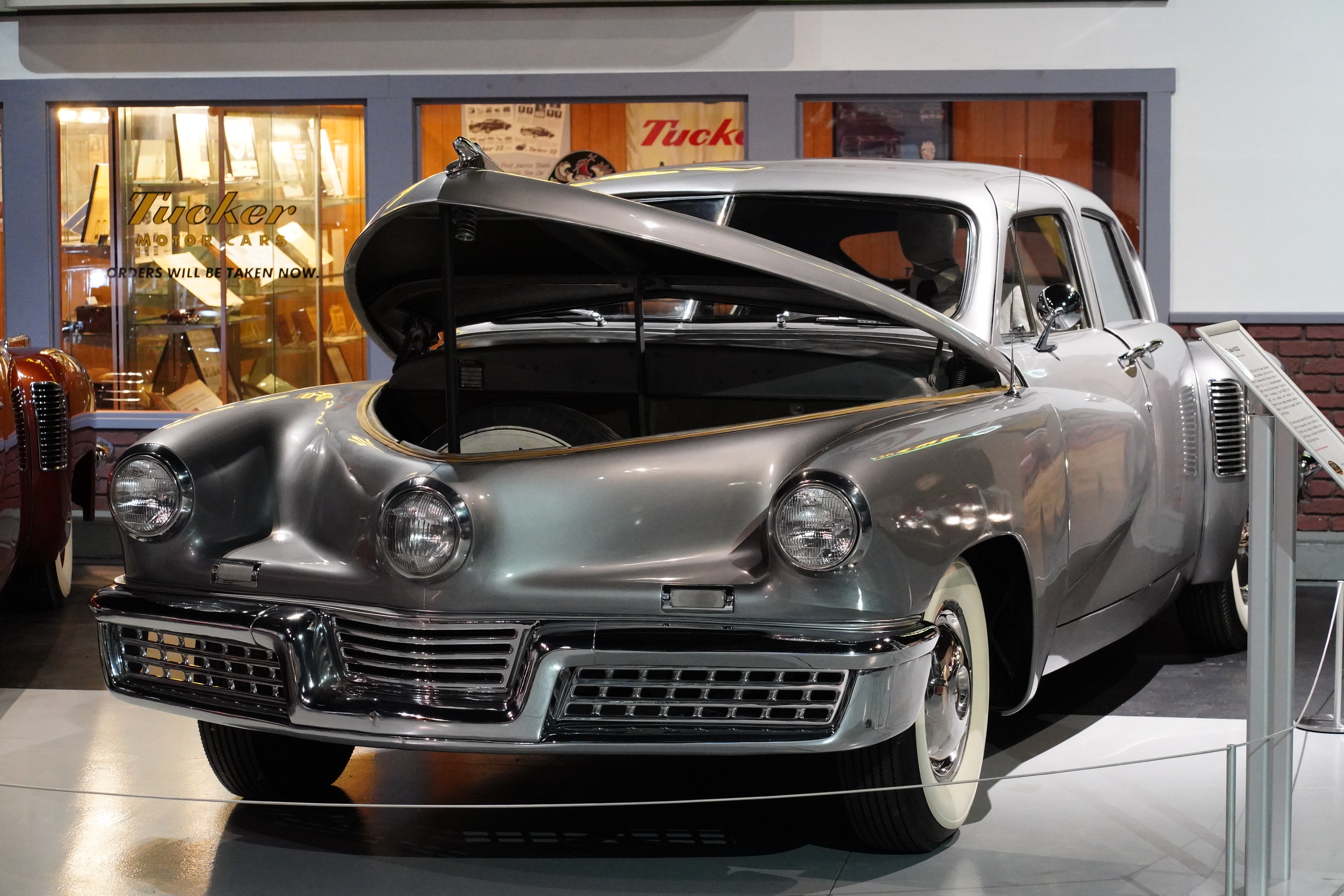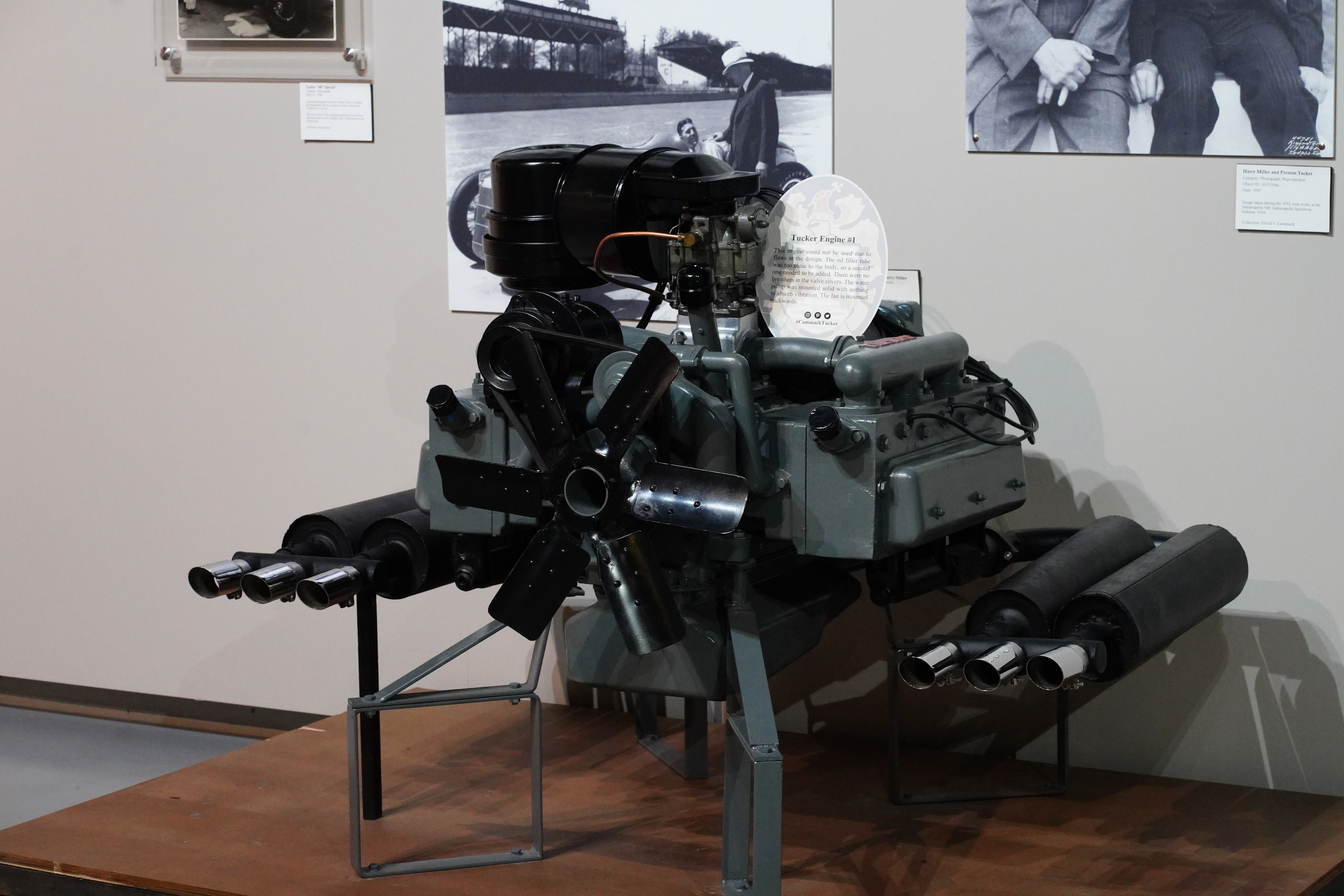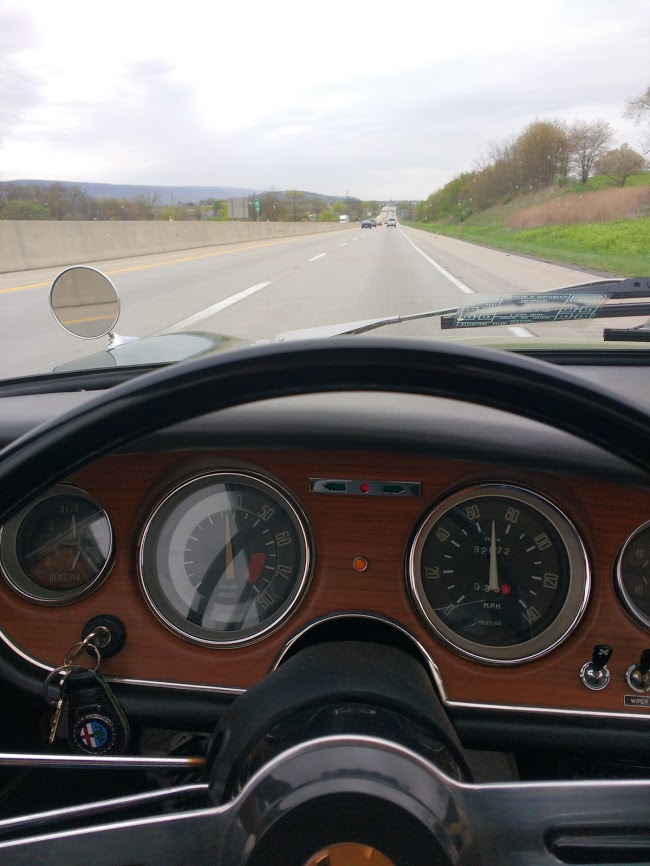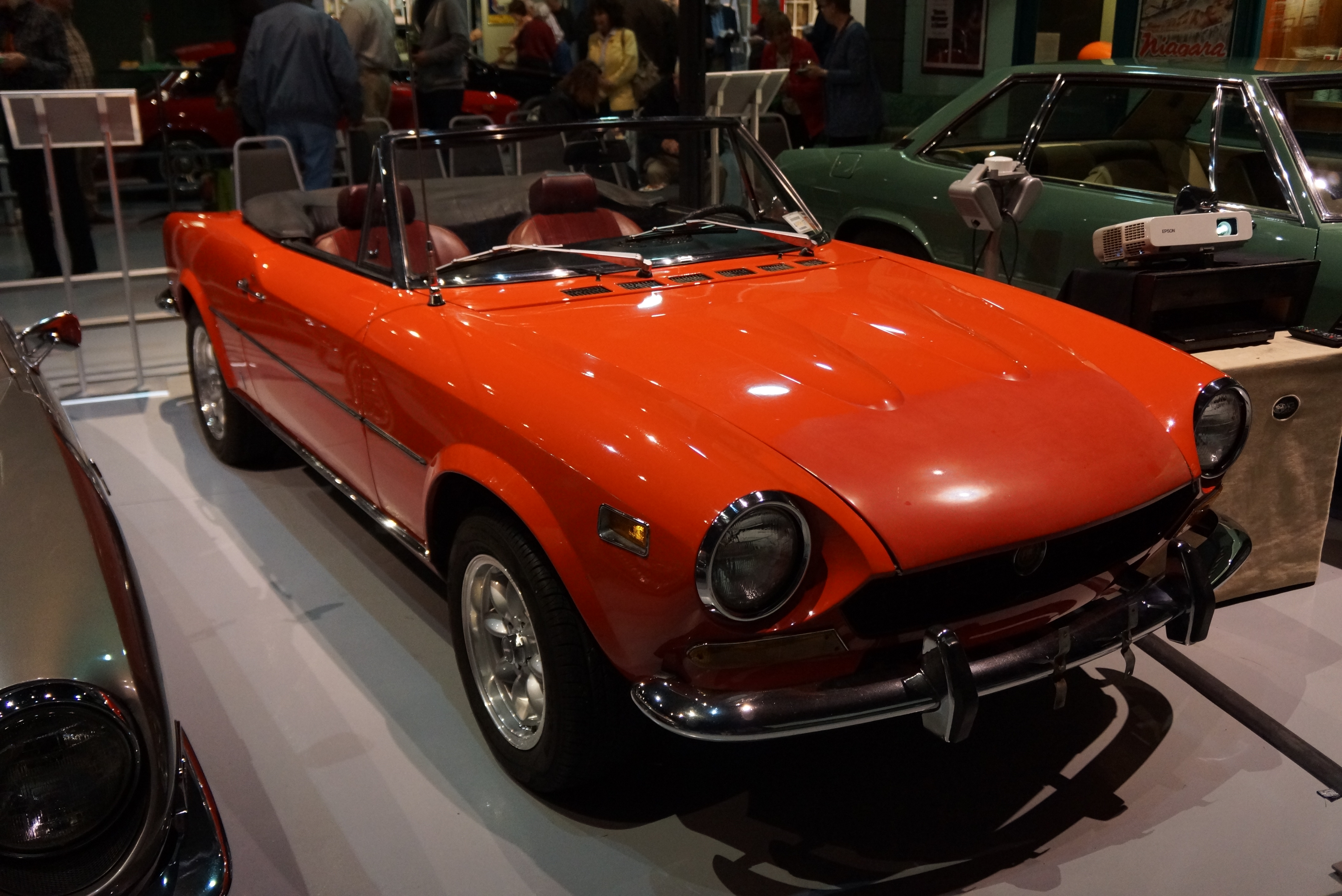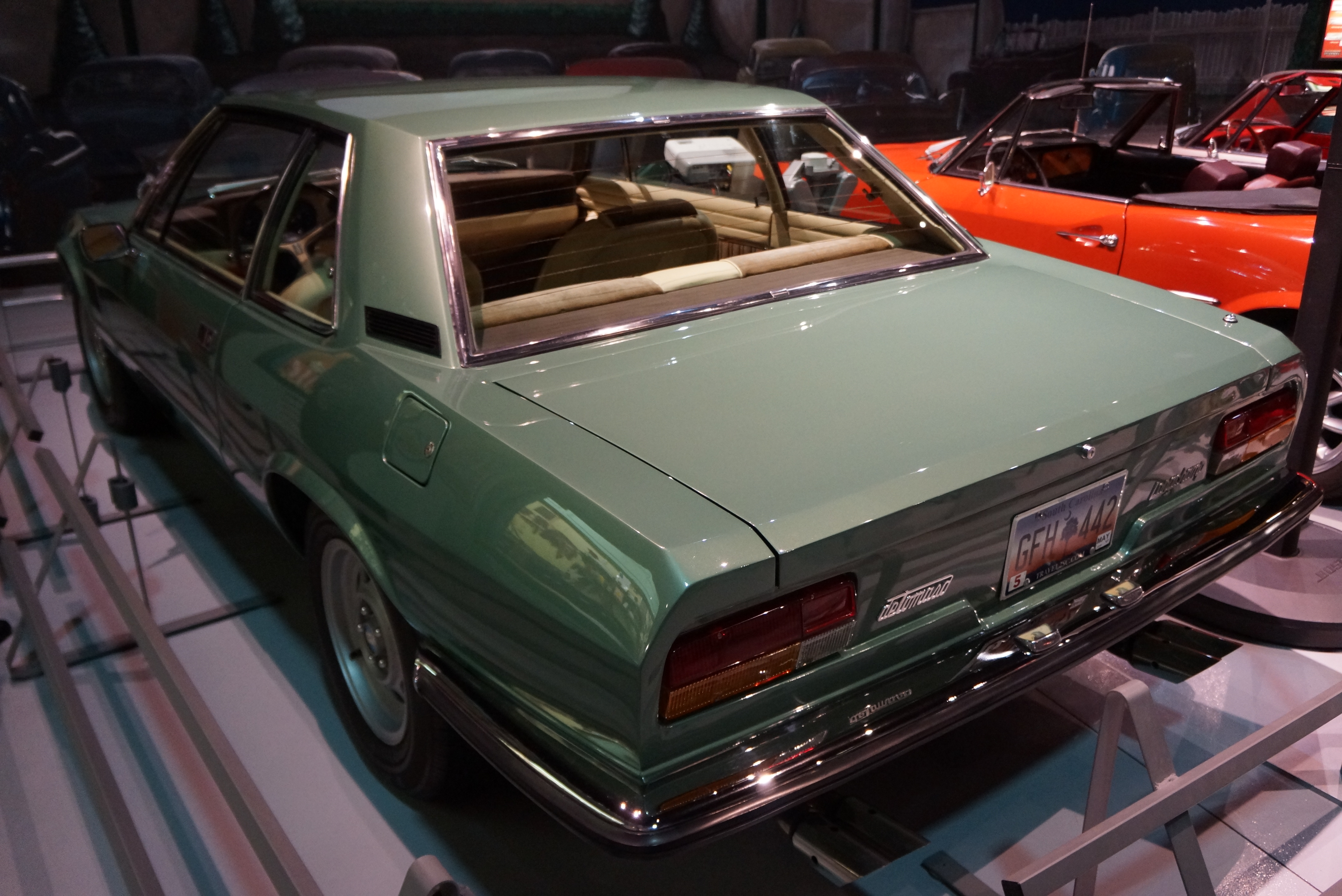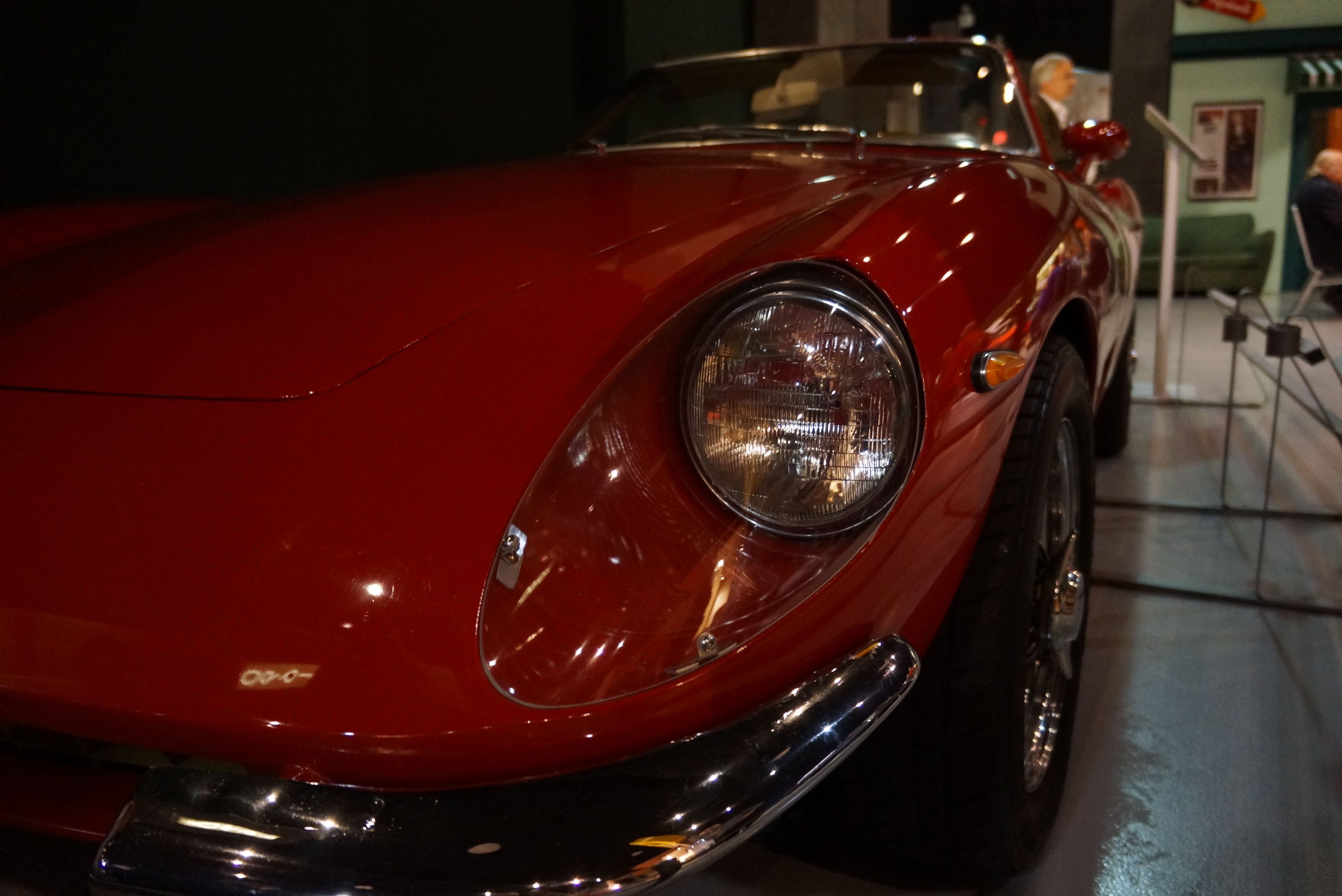Last week, two buddies and I made a long-overdue return visit to the AACA Museum in Hershey, PA. While “AACA” is in the name, this statement of clarification is on the Museum’s website: The AACA Museum, Inc. has been and remains an independent 501 (c) (3) non-profit organization, not affiliated with the Antique Automobile Club of America.

I know very little of the story and don’t care to know the details, so let’s just say that there was a courtship which ended in an ugly breakup. In spite of the divorce, it was a happy surprise that my National AACA membership card gained me free entrance!

My most recent previous visit there was almost six years ago, to fetch my ’67 Alfa Romeo after it spent the winter inside the Museum as part of its Amore della Strada exhibit of Italian cars. It was good to be back; it was also relatively quiet on the day we visited, so it felt like we had the place to ourselves.
Most of the vehicles on display were not the same as we saw in 2017. The Museum is known for rotating what’s on the floor, and the curators are also known for putting on special exbibits, all of which keeps it fresh for repeat visitors. This time, it was racing cars which were featured. Although I don’t count myself as a rabid fan of the sport, there was still plenty of history to be absorbed.

A constructive comment about the displays: I appreciate the Museum’s efforts to create dioramas for all the cars, and that space is somewhat at a premium. As a photographer, though, it was very challenging to take pictures that showed an entire vehicle while keeping other vehicles and distractions out of the frame. As a result, many of these snaps show most, but not all, of the cars.
A permanent display which was little-changed since our last visit was the Tucker Exhibit. A private collector, David Cammack, began collecting Tucker cars, parts, and memorabilia in the early 1970s. He eventually willed the entirety of it to the Museum. Even though I’ve seen it several times before, there are fascinating aspects of the Tucker story which are worth revisiting.

While wandering around the bottom floor (there are 3 levels), a Museum employee engaged with us and offered to take us back into a work area normally off-limits to the public. There, we saw some vehicles being prepped for their turn in the spotlight, and also learned that a regular troop of volunteers makes their way to the Museum to lend a helping hand with the cars. It sounded to this writer like a possible future activity in which to participate.

For those who have been to Hershey and have not taken in a tour of the Museum, it’s worth the detour. It is located perhaps 10 minutes from Hersheypark Drive, and admission is $12, $10.50 for seniors, and as I mentioned above, free if you belong to the AACA.
THE RACE CARS




THE DELOREANS
I spotted the two DeLoreans side-by-side from a distance at first, and snapped the first photo while noting that one looked a bit lower than the other, and didn’t give it much more thought. I was a shock to get closer, read the placard, and learn about this previously-unknown prototype:
Hopefully you can see in these closer photos that the prototype shares few exterior body panels with the production car. The seats are different as well.
THE TUCKER EXHIBIT
Of the 51 Tuckers manufactured, David Cammack ended up owning 3, and all 3 are here in Hershey.
Engines comprise a large part of the display. Tucker experimented with many different ideas before deciding on a water-cooler flat-6 engine. The engine in red is an experimental engine with hydraulically-operated valves. It looks like a service nightmare.
THE LOWER LEVEL
The majority of the Museum’s displays are on the main level (in this case, the race cars, the Tuckers, the DeLoreans, and assorted other cars). The top level is a mezzanine with some scooters but no cars. The lower level has historically been primarily taken up with buses. This visit was the first time that I can recall seeing so many cars sharing space with the buses.





THE WORKSHOP
Our behind-the-scenes tour included sneak peeks at these cars:



AUTOMOBILIA
It’s not just cars on display! In this hobby, everything is collectible.
All photographs copyright © 2023 Richard A. Reina. Photos may not be copied or reproduced without express written permission.


